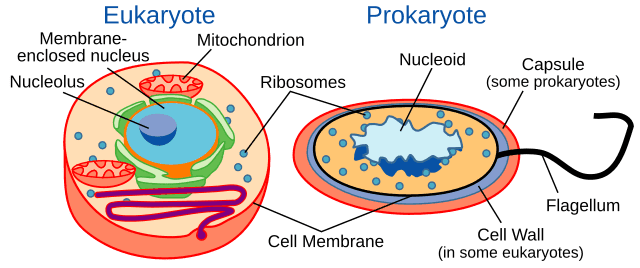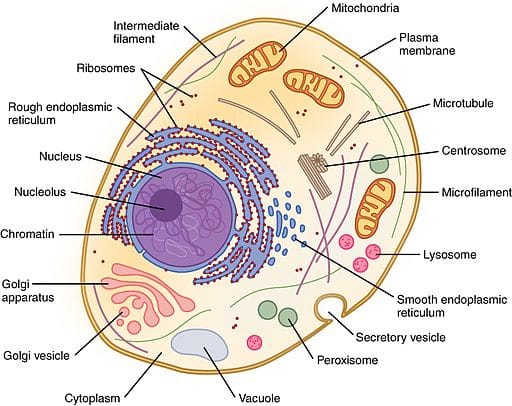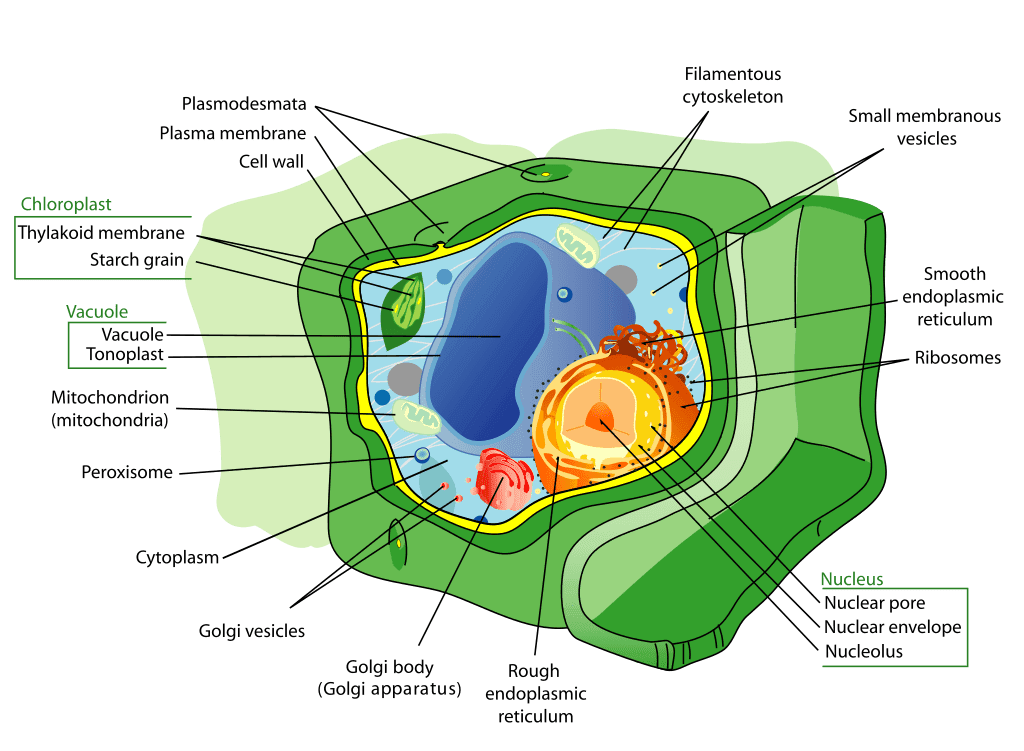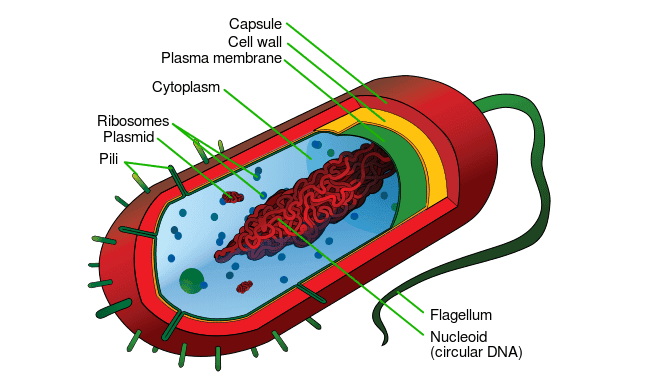Cells are the smallest living units of all organisms, and they play a critical role in sustaining life. Whether you’re a middle school student just starting to explore biology, a high schooler diving deeper into the subject, or just a curious-minded individual like us, understanding the structure and function of cells is fundamental. This article provides a comprehensive look at the fascinating components of both plant and animal cells, their functions, and how they work together to sustain life.
What Are Cells?
Cells are the basic structural and functional units of all living organisms. Despite their microscopic size, they perform a wide array of functions essential for survival. While there are many types of cells; with a few rare exceptions, they all share three core components: cell membrane, cytoplasm, and DNA.
- Cell Membrane: A protective barrier that separates the cell’s interior from the external environment.
- Cytoplasm: A jelly-like fluid that houses the cell’s internal components.
- DNA: The genetic material that provides instructions for cellular activities.
Cells are broadly categorized into eukaryotic cells and prokaryotic cells based on their structural complexity.
Two Categories of Cells—Eukaryotic vs. Prokaryotic
Eukaryotic Cells
Eukaryotic cells are advanced and complex, characterized by membrane-bound organelles and a defined nucleus. These cells are found in multicellular organisms such as plants, animals, and fungi.
Key features include:
- A nucleus that houses DNA.
- Specialized organelles like centrosomes (in animal cells) and chloroplasts (in plant cells).
Prokaryotic Cells
Prokaryotic cells are simpler and lack membrane-enclosed organelles. They are always unicellular and are most commonly found in bacteria. Instead of a nucleus, their genetic material is freely floating within the cell.
Comparing Eukaryotes and Prokaryotes

Organelles of Eukaryotic Cells
The term “organelle” translates to “little organ,” and just like organs in the human body, these structures perform specific tasks to keep the cell functional. Let’s explore the key organelles and their roles.
Nucleus: The Control Center
The nucleus is the command center of eukaryotic cells. It contains DNA, which dictates cellular activities and stores instructions for protein synthesis.
Inside the nucleus, DNA exists as a tangled form called chromatin. When the cell is ready to divide, chromatin condenses into visible structures known as chromosomes. The nucleus also houses the nucleolus, a region responsible for producing ribosomes.
Ribosomes: The Protein Factories
Ribosomes are the sites of protein synthesis. These tiny structures can be found floating freely in the cytoplasm or attached to the endoplasmic reticulum (ER).
Endoplasmic Reticulum (ER): The Transport Network
The ER is a network of membranes that transports materials within the cell. There are two types:
- Rough ER: Studded with ribosomes, it specializes in protein synthesis.
- Smooth ER: Lacks ribosomes and is involved in lipid synthesis and detoxification.
Golgi Apparatus: The Customization Center
The Golgi apparatus receives proteins from the ER, folds them into usable shapes, and adds materials like lipids or carbohydrates to customize them for specific functions.
Vacuoles: The Storage Units
Vacuoles are sac-like structures that store water, nutrients, and waste. Plant cells often have a large central vacuole that helps maintain structure by storing water.
Lysosomes: The Cleanup Crew
Found primarily in animal cells, lysosomes contain enzymes that break down cellular debris and recycle worn-out components.
Mitochondria: The Powerhouses
Mitochondria are responsible for producing energy through a process called cellular respiration. They generate ATP (adenosine triphosphate), the energy currency of cells. Cells requiring more energy, like muscle cells, have an abundance of mitochondria.
Organelles of (Eukaryotic) Animal Cell

Special Features of Plant Cells
Plant cells have unique structures not found in animal cells, which are essential for their specific functions and overall growth. These structures include:
Chloroplasts
Chloroplasts are the sites of photosynthesis, a crucial process where sunlight is converted into chemical energy in the form of glucose. This energy fuels the plant’s growth and metabolic activities. Chloroplasts contain chlorophyll, a green pigment that is vital for capturing light energy. These organelles also have their own DNA, indicating their evolutionary origin as independent photosynthetic bacteria.
Cell Wall
The cell wall is a rigid, protective layer surrounding the cell membrane, made primarily of cellulose, a complex carbohydrate. This structure provides the plant cell with mechanical strength, preventing it from bursting under high water pressure. The cell wall also offers protection against pathogens and contributes to the plant’s structural integrity. Additionally, it helps in maintaining the plant’s shape, supporting growth, and allowing plants to reach considerable heights.
Central Vacuole
The central vacuole is a large, membrane-bound compartment that occupies most of the cell’s volume. It stores water, nutrients, and waste products while helping to maintain turgor pressure, which keeps the plant rigid and upright.
Plasmodesmata
Plasmodesmata are channels that pass through the cell walls of adjacent plant cells, allowing for communication and transport of materials between cells. These channels facilitate the movement of ions, hormones, and other molecules, enabling coordinated growth and function.
Amyloplasts
Amyloplasts are a type of plastid that stores starch, a form of energy reserve for the plant. They are particularly abundant in non-photosynthetic tissues, such as roots and tubers.
Chromoplasts
Chromoplasts are another type of plastid responsible for the synthesis and storage of pigments, giving fruits, flowers, and some leaves their vibrant colors. These pigments can attract pollinators and aid in seed dispersal.
These unique features distinguish plant cells from animal cells and enable them to perform vital functions necessary for plant life.
Organelles of (Eukaryotic) Plant Cell

Cytoskeleton—The Cell’s Framework
The cytoskeleton gives the cell its shape and aids in movement. It comprises two main components:
- Microfilaments: Thread-like structures made of protein.
- Microtubules: Hollow tubes that assist in maintaining cell shape and help with the transport of materials.
Some Animal Cells Have Special Functions
- Ciliated Cells: These cells have hair-like projections called cilia. Cilia can move in coordinated waves to help trap and expel particles. A common example is the ciliated cells in the respiratory tract, which help move mucus and trapped particles out of the lungs.
- Sperm Cells: These cells have tail-like structures called flagella. The flagellum propels the cell, enabling it to swim toward the egg for fertilization.
Some Plant Cells Have Special Functions
- Guard Cells: These specialized cells are found on the surface of plant leaves and stems. They surround the stomata (small pores) and control their opening and closing, regulating gas exchange and water loss in the plant.
- Pollen Cells: Pollen grains are the male reproductive cells of plants. They contain the male gametes (sperm cells) that fertilize the female ovules during plant reproduction. While not exactly the same as animal sperm cells, they play a similar role in the reproductive process.
While animal and plant cells share some common structures and features as eukaryotic cells, such as the nucleus, mitochondria, endoplasmic reticulum, and Golgi apparatus, they also have specialized structures unique to each type. For example, plant cells have chloroplasts, a large central vacuole, and a cell wall, while animal cells have centrioles and lysosomes.
Prokaryotic Simplicity—Efficient Yet Effective
While lacking a nucleus and complex organelles, prokaryotic cells are incredibly efficient. Their genetic material is uncontained, but they perform essential life processes and are foundational to ecosystems, especially as bacteria.

Key Takeaways
Understanding cell structure and function is essential to grasp the biology of life. Here’s a quick recap:
- With a few rare exceptions, all cells share three core components: cell membrane, cytoplasm, and DNA.
- Eukaryotic cells are complex, with membrane-bound organelles and a nucleus, found in plants and animals.
- Prokaryotic cells are simpler, unicellular organisms without a nucleus, like bacteria.
- Organelles, such as mitochondria, chloroplasts, and the Golgi apparatus, work together to sustain life.
- Plant cells are unique for their chloroplasts and cell walls, while certain cells, like those with cilia or flagella, have specialized adaptations.
Share Your Thoughts
What intrigues you most about cell biology? Which cell component do you find most fascinating and why? Whether it’s the powerhouse mitochondria, the chloroplasts’ role in photosynthesis, or the simplicity of prokaryotic cells, there’s always more to explore in the microscopic world. Share your thoughts or questions in the comments below—we’d love to hear your insights!
